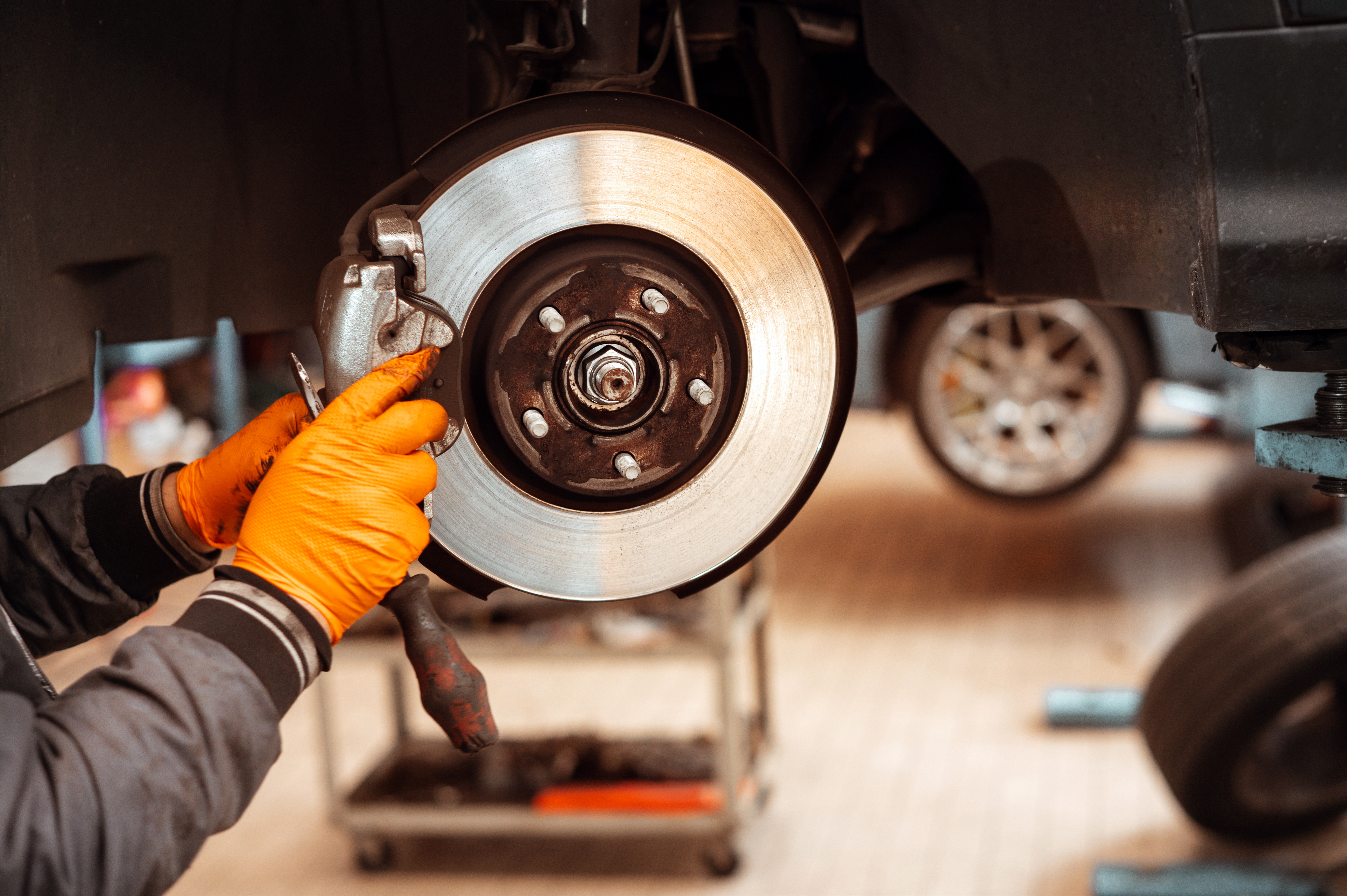
The braking specialist commissioned an independent company to evaluate the quality and subsequent performance of calipers being sold into the independent automotive aftermarket.
Three new brands of calipers were tested and all failed to meet standards and critical tolerances set by original equipment manufacturers (OEMs), with all three found to have used lower-grade material.
In total, 29 structural and mechanical defects affecting the performance of calipers were detected.
While aesthetically these calipers look ‘fine’, under closer testing all units were shown to have ‘porosities’ (holes) and oxides in the material and all had partly inhomogeneous microstructures.
This could result in weakening of the unit and could potentially compromise the braking performance when braking under normal driving conditions.
The test looked at six areas of the calipers including: Machined radius finger (bridge), caster radius finger (bridge), caster radius finger (pot), machined radius (chamfer), radius at step of piston bore and, radius at bottom of piston bore.
The tests focused on: Material Chemical Composition, examining failure to conform with OE standards normal lifecycle operation, severely weakening casting; structure and mechanical properties, where porosities can cause higher vibrations, increased noise level and lack of pedal consistency leading to catastrophic brake failure; and, rubber and seal quality, where inefficiencies could lead to cracks and component failure.
Calipers, as part of a vehicle’s braking system, are safety critical products and therefore any products that fail to meet the original specification of the product could have severe and potential hazardous consequences, warns Brake Engineering.
Mark Hallam, Brake Engineering marketing manager, said: “The results of the independent test are alarming for the aftermarket, especially following the trade’s successful MOT campaign to maintain safety standards. Calipers entering the market may appear fit for purpose. However, their performance has been found to be severely questionable with structures potentially leading to catastrophic failure.”